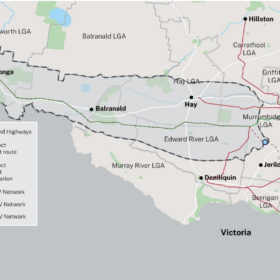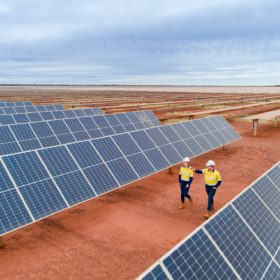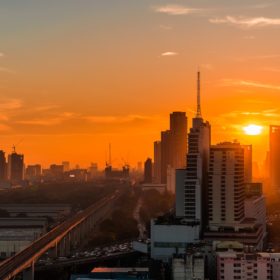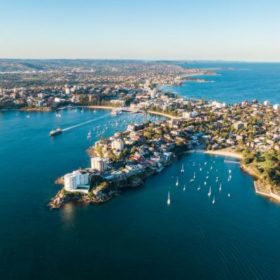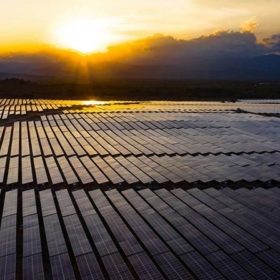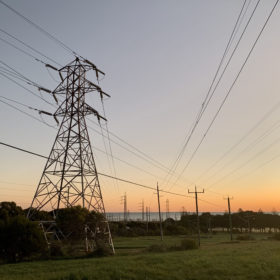NSW officially declares its third Renewable Energy Zone
The New South Wales government has formally declared the state’s third Renewable Energy Zone (REZ). The South West REZ, as its called, is centred around the towns of Hay and Balranald in the state’s western Riverina region, with initial expressions of interest in the zone attracting up to 34 GW of generation proposals – more than 13 times the intended capacity of 2.5 GW.
What to expect from COP27: the horns of the energy trilemma
While not one of the big five-year-cycle COPs like Paris or Glasgow, COP27 is still hugely important, write Wood Mackenzie analysts. The fallout from the conflict in Ukraine has tilted the precarious balance of the energy trilemma – sustainability; affordability; security – towards the latter. But despite this temporary setback, some progress should still be possible.
‘Just not going to happen’: big fails from hydrogen in Australia
If the hydrogen economy was fuelled by announcements, it would be booming. In reality, little has come to operational fruition yet. More alarmingly, there is a complete “void of activity” in the Australia’s crucial early stage industry development, BayWa r.e. Australia’s Dr James Hamilton tells pv magazine Australia. “We’ve got a lot of ground to make up and if we don’t acknowledge that, we’re not going to make that ground.”
Australia and US push to ‘friendshore’ critical supply chains draws rebuke from China
“Australia’s critical minerals are at the centre of an important moment in history which could dictate the shape of the world that we will live in for the next century,” federal resources minister Madeleine King told the Rare Earth Conference in Canberra. With the strategy to grow critical mineral supply chains between Australia and the US gaining momentum, this concept of “friendshoring” was in the spotlight at All Energy 2022.
Thailand introduces FIT scheme for solar, storage
In an unexpected move, the government of Thailand has introduced a feed-in-tariff (FIT) of $0.090 (THB 2.1679)/kWh over 25 years for solar and a 25-year FIT of THB $0.075 (THB 2.8331)/kWh for solar plus storage.
Rise of the ‘full stack’ strategy
“Integration” was the war cry at this year’s All Energy conference in Melbourne, with an unmistakable push, especially among ‘premium’ brands, toward vertically stacked product suites bundling solar, batteries, energy management platforms, virtual power plants and electric vehicle chargers into one super solution. How big is the market for such a proposition in Australia though? And does streamlining stymie flexibility? pv magazine Australia spoke to a number of brands on the promise, and limits, of the full stack strategy.
Sydney’s Northern Beaches Council reaps solar savings
Sydney’s Northern Beaches Council has seen its energy costs slashed by switching to renewables.
Vietnam set to open renewable energy market to PPAs
The Vietnamese government has been working on a scheme to allow bilateral power purchase agreements (PPAs) since 2020. The start of the pilot scheme has been delayed and is now expected for the first quarter of 2023. The official program would launch in 2025.
How to build on Australia’s solar rollout
Speakers at the CEC All-Energy conference in Melbourne have prioritised the built environment as ripe for embedding higher efficiency and sustainability standards.
NSW payments for hosting new transmission lines set to double
As it looks to replace its ageing coal-fired fleet and accommodate a growing share of renewables on its grid, New South Wales has pledged to nearly double the average payments landlords across the state receive for hosting high voltage transmission lines.
